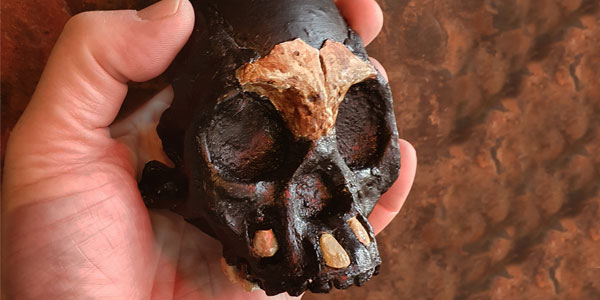
A child of darkness
Meet Leti, a Homo naledi child discovered in the Rising Star Cave System that yielded Africa’s richest site for fossil hominins.

Homo naledi and Australopithecus sediba travel to the States
The South African national treasures will for the first time ever go on display for international audiences, when it is exhibited in Dallas, Texas

Wits and Perot Museum launch virtual reality app of Dinaledi cave
Free virtual reality experience provides global access to the Dinaledi caves to researchers, students and amateur explorers.

Wits signs Memorandum of Understanding with Perot Museum
The MOU is part of the Museum’s new focus on human origins, plans to increase research, produce traveling exhibitions, and cultivate scientific communications.
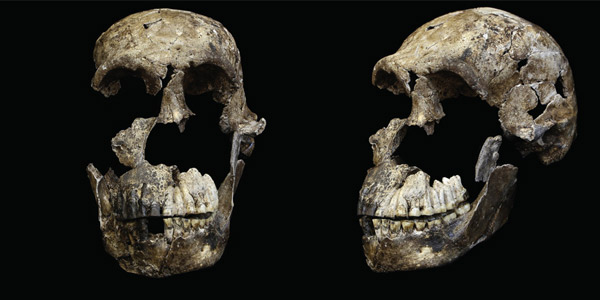
Young Homo naledi surprises
250 000 year old species from Rising Star Cave raises more questions about our origins.
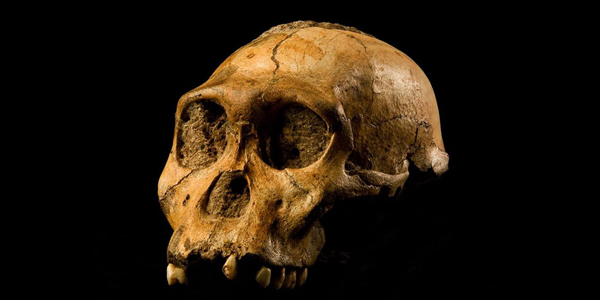
Celebrating teamwork on the Homo naledi discovery
Four new papers on different aspects of the anatomy of Homo naledi have been published, and more papers are coming soon, all led by early career researchers.
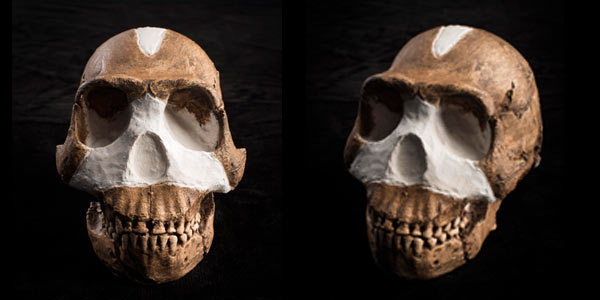
How tiny black spots shed light on part of the Homo naledi mystery
Many questions have been thrown up by the discovery in South Africa of a previously unidentified human relative, Homo naledi.
.jpg)
Back to the future: Space-age exploration for pre-historic bones
The high-tech 3D mapping of Homo naledi’s Dinaledi chamber.
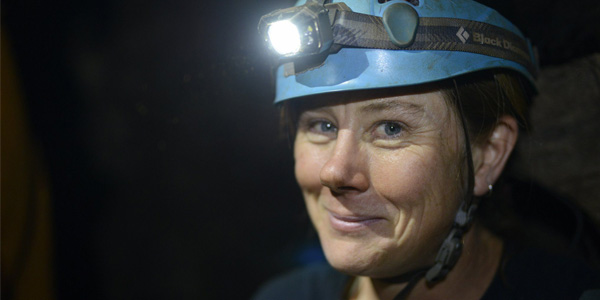
Witsie made a NatGeo Emerging Explorer
Underground astronaut, Marina Elliott, says she is honoured to be part of this prestigious research programme.
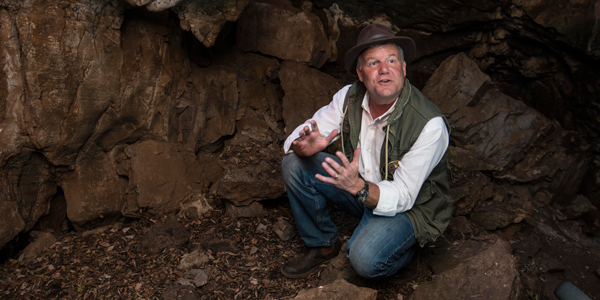
Lee Berger on TIME 100 list
Wits palaeoanthropologist honoured as one of the most influential people in the world.

Dating Homo naledi
Estimating the age of fossils is important because it allows palaeoanthropologists the opportunity to try to draw up a family tree.
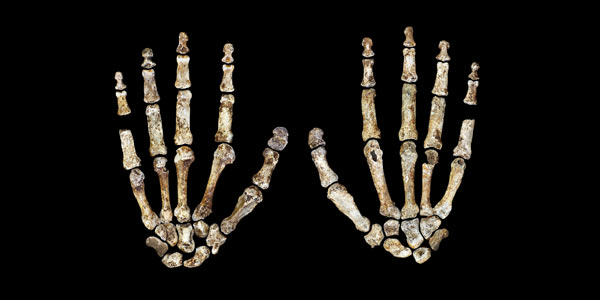
Prehistoric Tarzan-like ancestor
The two papers, titled: The foot of Homo naledi and The hand of Homo naledi, describe the structure and function of the H. naledi hand and foot.

Homo naledi, our new human relative
It is the single largest fossil hominin find yet made on the continent of Africa.
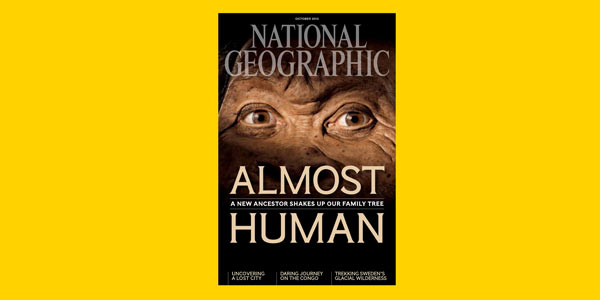
Meet Homo naledi, a new species of human relative
Our ancestor practiced a form of ritualised behaviour (or repeated behaviour) previously thought to be unique to humans.

